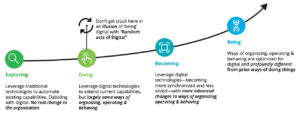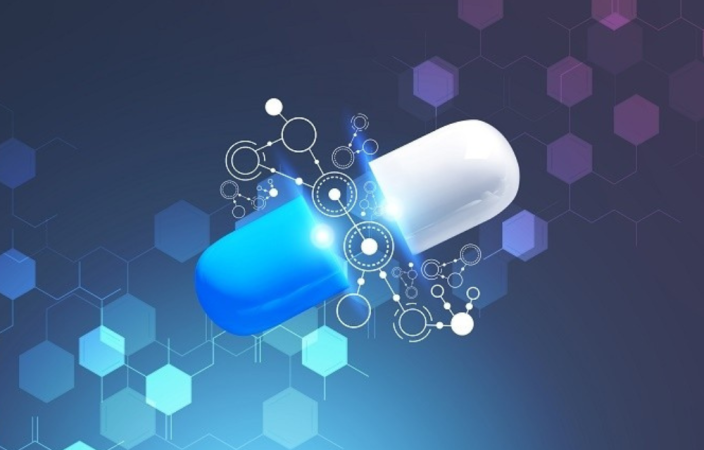
Insight by: Jon Warner
Digital transformation in the life sciences sector is no longer a question of if or when, but how. As companies push digital, at scale, across the value chain, we are seeing digital transformation being tackled head-on by executive leadership and not just by the Chief Information Officers (CIOs) or Chief Digital Officers (CDOs), but by senior management teams and including the CEO. This means that digital imperative is being embedded in every business function, including Research and Development, Manufacturing, Supply chain, and Commercial.
But a random piecemeal approach to digital strategy will no longer work for those who want to succeed in driving long-term business value and delivering customer- and patient-centric experiences. In other words, pharmaceutical (and Biotechnology) companies are expected to evolve from just doing a little ‘digital’ here and there, to being digital in as much of the business as possible. In this case, “Being digital” means designing and implementing a differentiating digital strategy and incorporating it into the organization’s culture at all levels -the chart below from a Deloitte report a few months ago is illustrative of this, with organizations needing to push hard towards the right hand side and clear strategy to do so.

Being digital across an organization, for the most part, means much greater system/process automation, data integration and smart analytics, and automation—and integrating data. But it also involves:
• Creating a meaningful, differentiated, and personalized experience for customers and patients
• Automating as much of the entire supply chain by leveraging digital tools, as much as possible Modernizing processes/systems across the entire value chain and in core functions
• Leveraging data/analytics to create actionable insights that drive growth and operational efficiency at all levels, both up and down and across an organization
• Breaking down functional silos to create empowered and accountable multi-disciplinary teams that use digital tools or many kinds track decisions and performance
• Talking greater advantage of many digital health tools, like ‘apps’, sensors, telemedicine and wearables, wherever efficiency and effectiveness can be delivered





